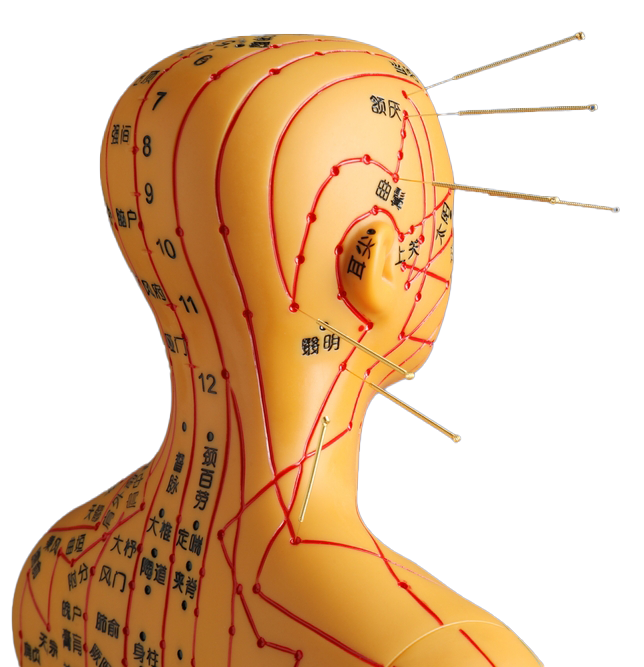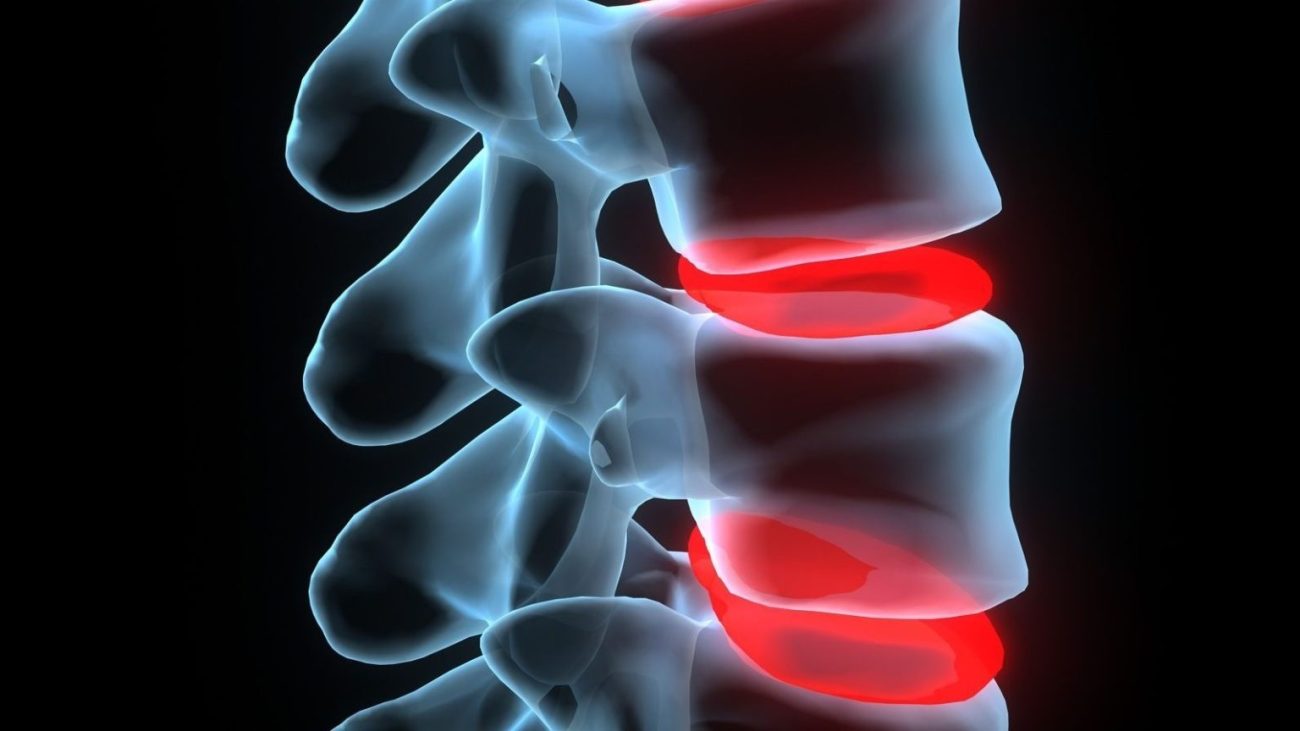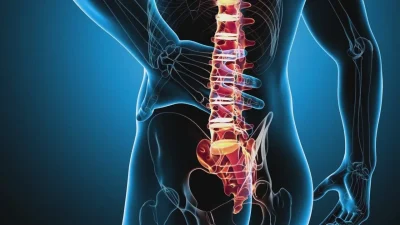- Facet joint Radiofrequency Thermocoagulation (RFT) Treatment
- Radiofrequency Thermocoagulation Dorsal root ganglion (DRG) radiofrequency thermocoagulation (RFT)
- Discitis Procedure
- Sacroiliac Joint Radiofrequency Treatment (Simplicity)
- In-Disc Ozone Therapy
- Nucleoplasty
- Transforaminal Injection (Pinpoint)
- Facet joint block
- Epidural Injection
Facet joint block
- Home
- Low Back Pain TreatmentsNeck & Shoulder Pain Treatments
- Facet joint block
Contents
Toggle- Creating an individualised treatment plan
- The role of different specialities (physiotherapist, orthopaedist, psychologist, neurosurgeon)
- Pain treatment during pregnancy
- Treatment of chronic pain in the elderly
- Pain management in children
- Stress management
- Healthy eating
- Ergonomic living arrangements
- Exercise and mobility
- Facet joint Radiofrequency Thermocoagulation (RFT) Treatment
- Radiofrequency Thermocoagulation Dorsal root ganglion (DRG) radiofrequency thermocoagulation (RFT)
- Discitis Procedure
- Sacroiliac Joint Radiofrequency Treatment (Simplicity)
- In-Disc Ozone Therapy
- Nucleoplasty
- Transforaminal Injection (Pinpoint)
- Facet joint block
- Epidural Injection
- Cancer pain
- Permanent Epidural / Spinal Port Application
- Vascular Port (Permanent Vascular Access)
- Trigeminal Nerve RFT
- Blockade of Ganglion Stellatum
- Lumbar Sympathetic Ablation
- Facet joint Radiofrequency Thermocoagulation (RFT) Treatment
- Radiofrequency Thermocoagulation Dorsal root ganglion (DRG) radiofrequency thermocoagulation (RFT)
- Hernia Burning (IDET)
- Discitis Procedure
- Sacroiliac Joint Radiofrequency Treatment (Simplicity)
- Permanent Epidural / Spinal Port - Pump System
- In-Disc Ozone Therapy
- Nucleoplasty
- Peripheral Nerve Block
- Transforaminal Injection (Pinpoint)
- Facet joint block
- Epidural Injection
- Intra-articular Fluid Treatment
- Dorsal root ganglion (DRG) radiofrequency thermocoagulation (RFT)
- Spinal cord stimulation (pain pacemaker)
- Ergonomic living arrangements
- Spinal cord stimulation (pain pacemaker)
- Nucleoplasty
- Radiofrequency ablation
- Herbal solutions
- Dry needle treatment
- Anti-ageing treatments
- Ozone therapy
- Cupping therapy - Cupping
- Mesotherapy
- Prolotherapy
- Acupuncture
- Stem Cell Therapy
- Nerve blockages
- Corticosteroid injections
- Massage and relaxation techniques
- Manual therapy
- Electrotherapy
- Neuropathic pain medications
- Anti-inflammatory drugs
- Muscle relaxants
- Painkillers (paracetamol, ibuprofen, etc.)
Facet Joint Blockis a procedure used in the diagnosis and treatment of pain originating from the spine. During this procedure, local anaesthetics and/or steroids are injected into the facet joints (small joints in the spine) to reduce or eliminate pain. Facet joint blockade can be used both as a diagnostic and therapeutic procedure.
What are Facet Joints?
- Facet Joints They are small joints located at the back of the spine that allow the vertebrae to connect to each other and move.
- Functions:
- Provides mobility of the spine (such as rotation, bending).
- Stabilises the body.
- Facet Joint Pain: When facet joints are damaged due to ageing, arthritis, trauma or poor posture, it can cause lower back, neck or back pain.
What is Facet Joint Block?
In this procedure, medication is injected into the nerves around the facet joints or into the joint capsule. Objective:
- Reducing pain (therapeutic).
- Determine that the source of pain originates from the facet joints (diagnostic).
In which cases is it used?
- Spinal Arthritis (Facet Arthropathy):
- In pain caused by osteoarthritis or inflammation in the facet joints.
- Chronic Low Back and Neck Pain:
- Chronic pain in the mobile parts of the spine.
- Spondylolisthesis (Spondylolisthesis):
- Pain in the facet joints due to displacement of the vertebrae.
- Trauma or Strain:
- In pain after overuse or injury of the facet joints.
- Diagnostic purposes:
- To find out whether the pain originates from the facet joints or from another source.
How is the Procedure Performed?
1. Preparation:
- The patient is taken to the procedure after a detailed evaluation.
- The procedure is usually performed on an outpatient basis.
- Local anaesthesia can be applied, but sedation is usually not necessary.
2. Patient Position:
- The patient is placed prone and the spine area is sterilised.
3. Targeting with Imaging Assistance:
- Fluoroscopy (X-ray) or ultrasound the target facet joints are identified.
4. Needle Placement:
- A fine needle is guided around the facet joint or near the nerve endings.
5. Drug Administration:
- The medicine to be injected usually contains a local anaesthetic (such as lidocaine) and a corticosteroid.
- The local anaesthetic quickly relieves pain, while the steroid reduces inflammation.
6. Completion:
- The procedure usually takes 15-30 minutes.
- The patient is observed for a short time and is usually discharged on the same day.
Advantages
- Diagnosis and Treatment: While determining the source of pain, it also reduces pain.
- Minimally Invasive It is applied without the need for surgery.
- Fast Impact: The pain is quickly relieved by the local anaesthetic.
- Reduces Inflammation: Corticosteroids control inflammation and swelling.
- Return to Daily Life: After the procedure, patients can usually return to their daily activities within a few hours.
Who is it suitable for?
- Chronic pain patients who do not benefit enough from physiotherapy and drug treatment.
- Patients with suspected facet joint pain but no definite diagnosis.
- Individuals with facet joint problems that do not require surgical intervention.
Risks and Side Effects
Facet joint blockage is usually a safe procedure, but in rare cases, the following risks can be seen:
- Temporary Pain or Sensitivity: Short-term discomfort at the needle insertion site.
- Infection: Risk of infection at the needle entry site.
- Haemorrhage The risk may increase in patients using blood thinners.
- Steroid Side Effects: Temporary effects such as flushing, high blood sugar or insomnia.
- Allergic Reaction: Rare allergic reactions to the drug used.
Post Procedure Care
- Rest Heavy physical activity should be avoided for the first few hours.
- Light Exercise: Light movements can be made as recommended by the doctor.
- Pain Monitoring: The level of pain reduction after the procedure should be noted. This is important to determine the effectiveness of the treatment.
- Doctor's Check-up: If new pain or signs of infection appear, consult a doctor immediately.
Success Rate of Facet Joint Block
- Doğru hastalarda uygulandığında, faset eklem blokajı %60-80 oranında ağrı kontrolü sağlar.
- The effect of the medication usually lasts from a few weeks to several months.
- When the effects diminish, the procedure can be repeated as needed, or the nerves can be deactivated by radiofrequency (Facet Joint Radiofrequency Ablation).
Conclusion
Facet joint blockis an effective and minimally invasive option in the diagnosis and treatment of spine-related pain. When the right patient is selected and applied by a specialised team, it can quickly relieve pain and improve quality of life. However, since the long-term effect of this method may be limited, it may need to be combined with other treatment options.
Our treatments
- Home
- Low Back Pain TreatmentsNeck & Shoulder Pain Treatments
- Facet joint block





